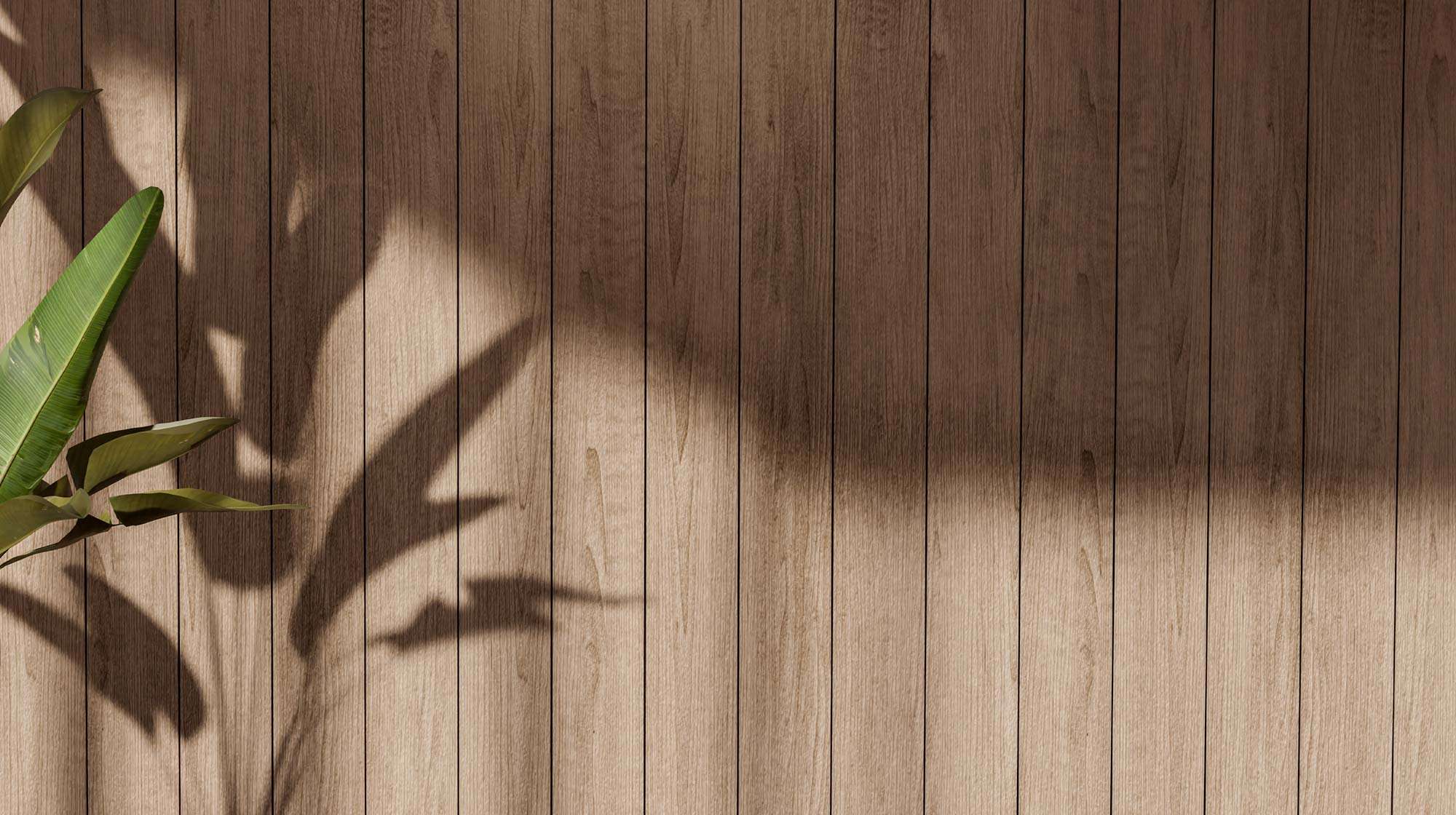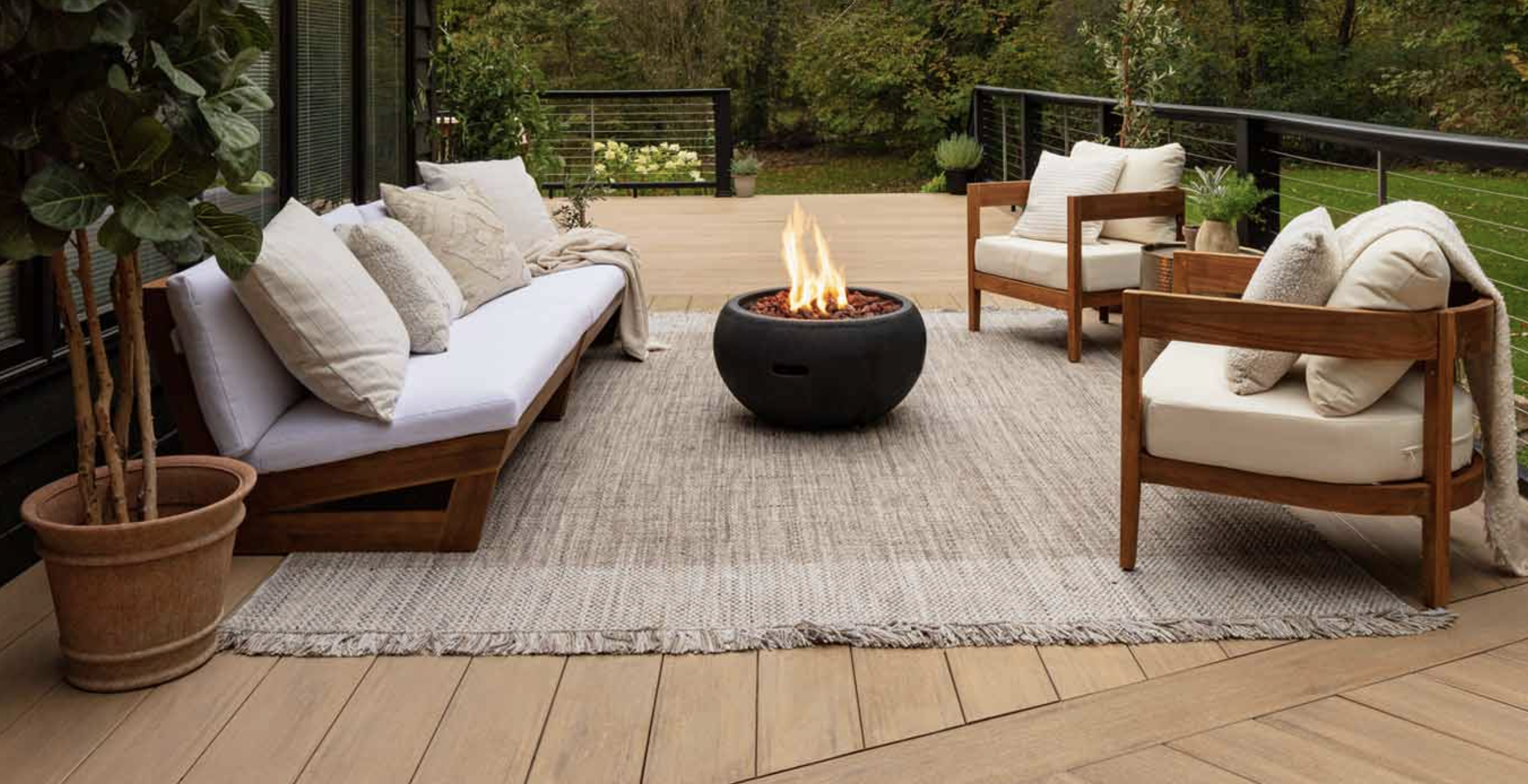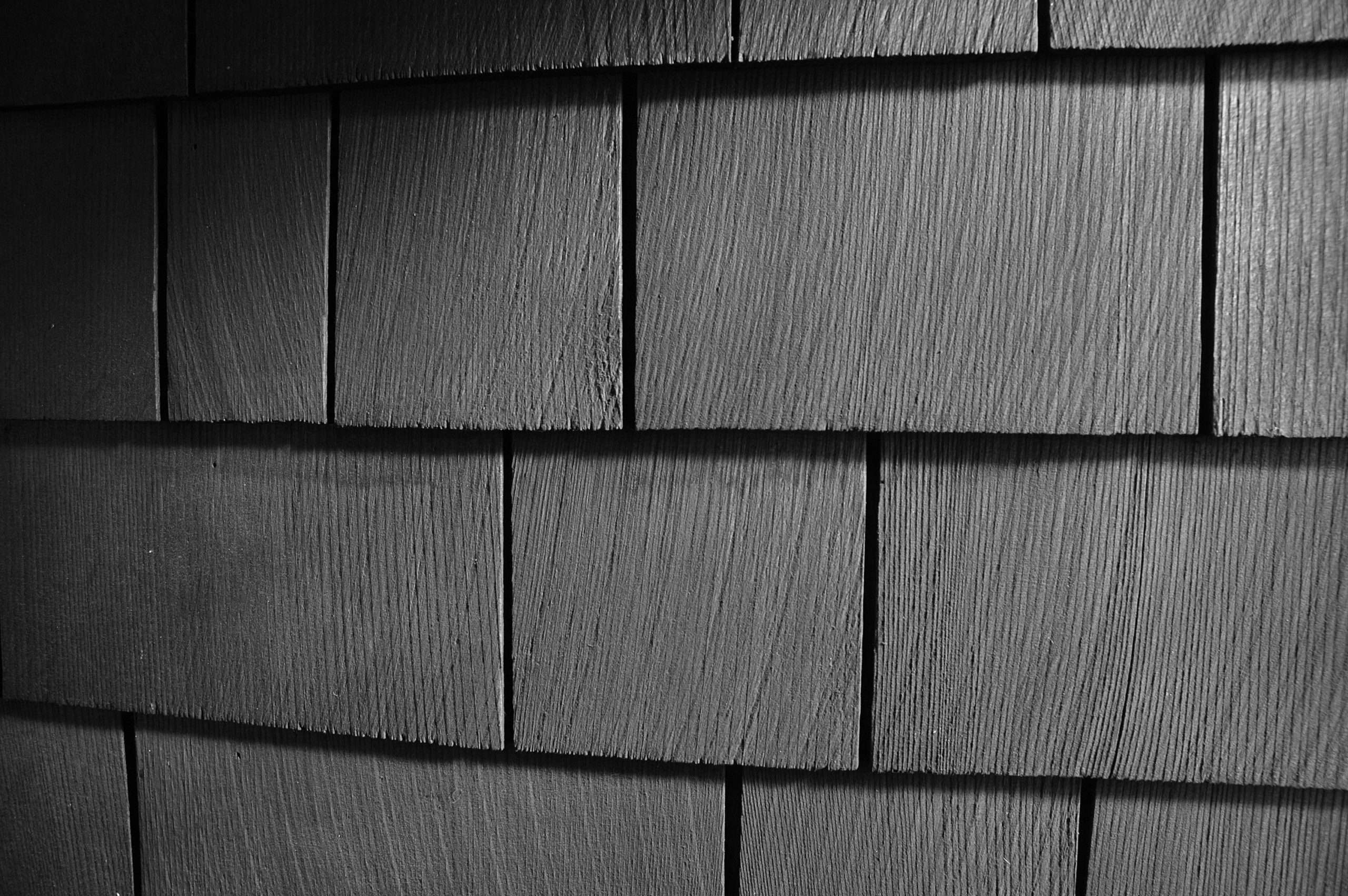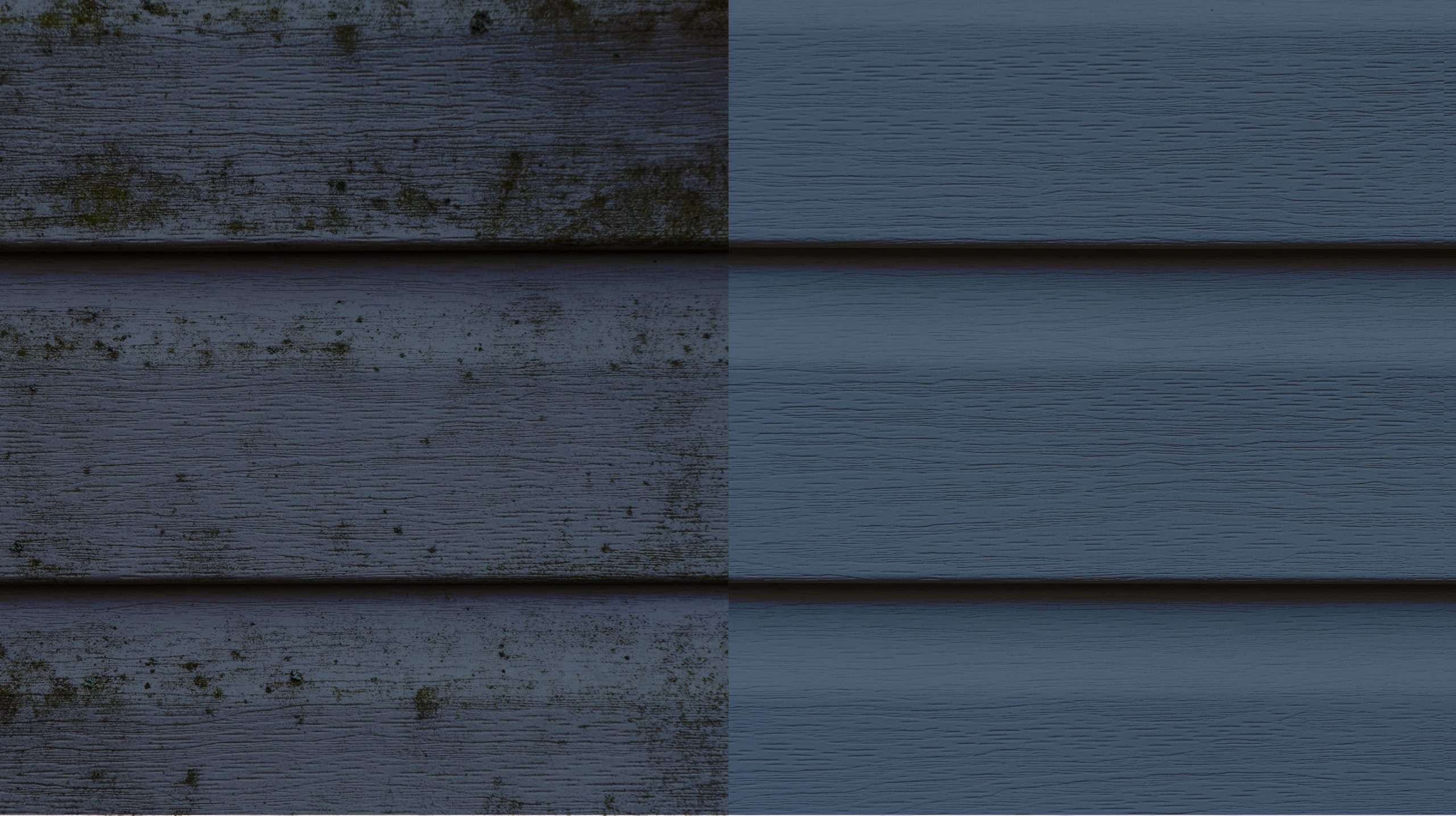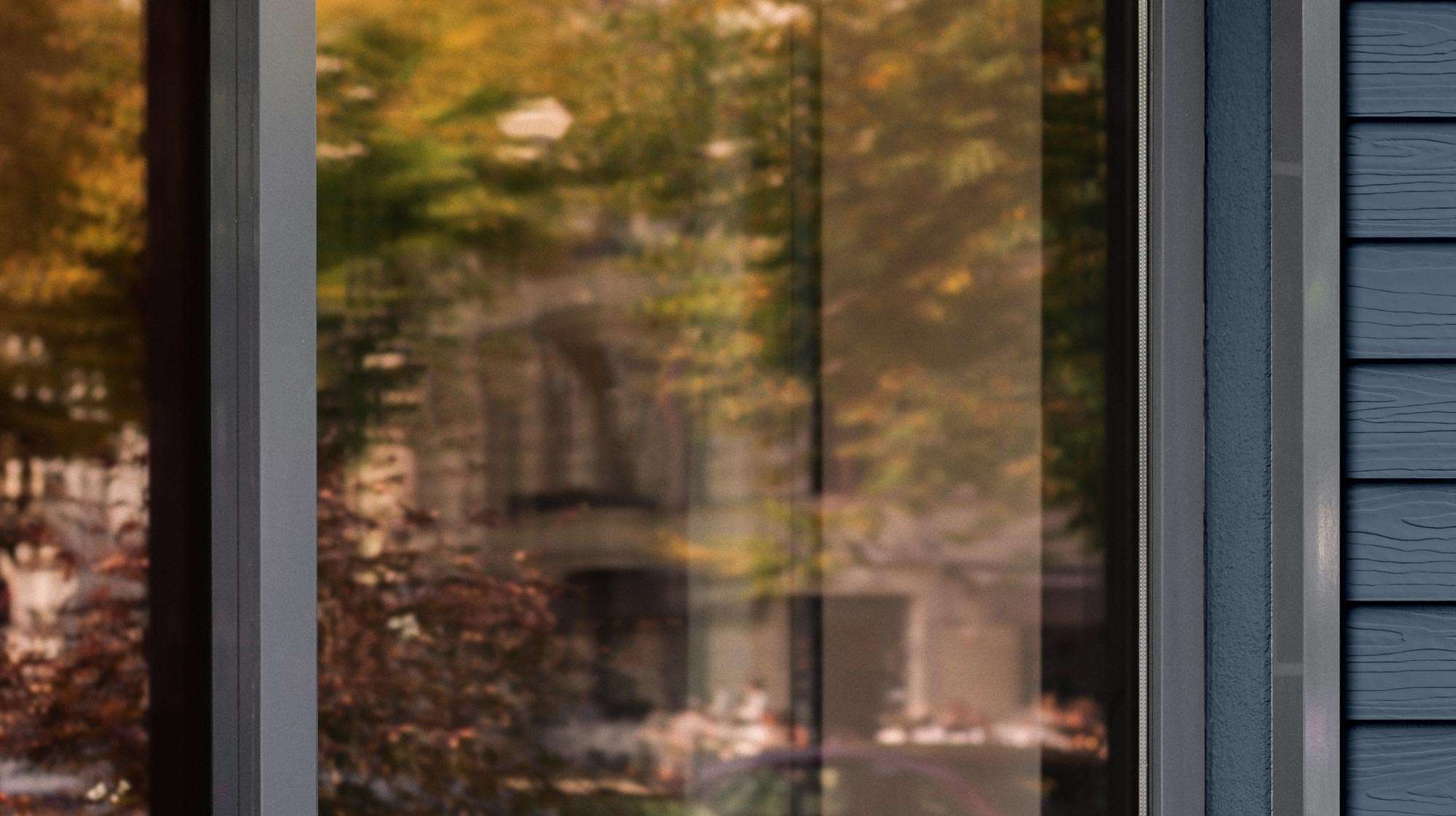Introduction
San Luis Obispo homes often showcase T1-11 siding. Its rustic charm suits this area, however, it also brings challenges. Two threats are dry rot and surface contamination. It is important to address these early on. Below, we’ll explore solutions to preserve your siding’s beauty and strength.
Table of Contents
- Introduction
- The Appeal of T1-11 Siding
- Dry Rot: The Silent Menace
- Surface Contamination: Uninvited Intruders
- Safeguarding Your T1-11 Siding
- Conclusion
The Appeal of T1-11 Siding
T1-11 siding provides a textured, natural wood appearance. Because of this, there is a warmth to your home’s aesthetic. Many residents appreciate its look. However, T1-11 siding is vulnerable. Both dry rot and surface contaminants affect its longevity.
Dry Rot: The Silent Menace
Dry rot attacks the wood’s inner structure. It’s a fungus that consumes cellulose. Over time, this weakens the wood. Common signs of dry rot include:
- Discoloration
Parts of the wood may darken or lighten. - Brittleness
Affected areas crumble easily. - Musty Odor
This smell signals hidden rot. - Cracks and Holes
Dry rot leads to cavities and deep cracks.
Surface Contamination: Uninvited Intruders
Surface contaminants like dirt, mold, and mildew age wood faster. They also leave stains and blemishes, impacting curb appeal. Over time, they shorten the siding’s life. Key issues with contamination include:
- Aging Acceleration
Contaminants speed up wood deterioration. - Staining
Mold and algae create unsightly marks. - Reduced Lifespan
Neglecting contaminants increases repair costs.
Safeguarding Your T1-11 Siding
Regular inspections serve as the first line of defense for your T1-11 siding in San Luis Obispo. These assessments aid in the early detection of dry rot and surface contamination, enabling timely intervention.
Cleaning and Maintenance
Surface contaminants like dirt, mold, and mildew age wood faster. They also leave stains and blemishes, impacting curb appeal. Over time, they shorten the siding’s life. Key issues with contamination include:
- Aging Acceleration
Contaminants speed up wood deterioration. - Staining
Mold and algae create unsightly marks. - Reduced Lifespan
Neglecting contaminants increases repair costs.
Protecting T1-11 siding takes routine care. Here are methods to preserve your siding:
- Routine Inspections
Detect issues early. Inspections reveal dry rot and contamination signs. - Cleaning and Maintenance
Clean siding with mild solutions. Avoid abrasive chemicals. We can use soft brushes to avoid damage of this case! Pressure washing, if used sparingly, can help. Regularly schedule cleanings also help to prevent contamination buildup. - Addressing Dry Rot
For minor rot, fungicides can help. Wear protective gear when applying treatments. For severe cases, replace damaged sections. Choose treated wood for replacements to prevent recurrence. Improve ventilation to lower moisture levels.
Conclusion
T1-11 siding combines rustic charm with durability. However, it needs regular care. Inspections and cleaning go a long way. For expert guidance or restoration, Rogall + Co. is here to help. Our team protects your home’s value in the Central Coast’s elements. Contact us today for a free consultation!





